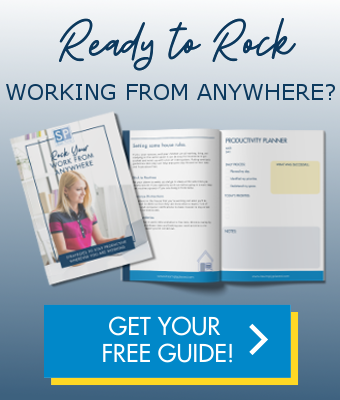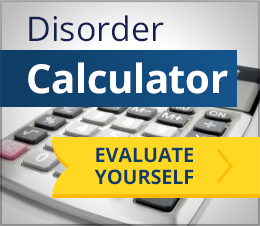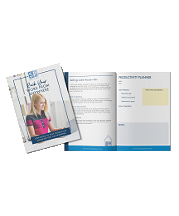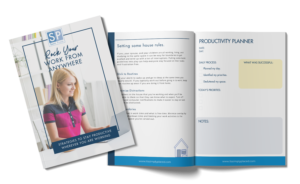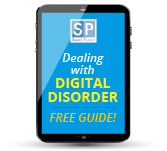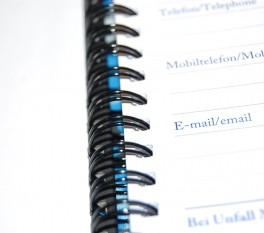
A planner is an essential tool for helping students keep track of their assignments and commitments and to support their time and project management. Planners alone aren’t particularly useful. It is the habits and routines students use to input and retrieve information as well as the strategies they use for planning based on that information that make planners a key tool toward academic success. While some students naturally adapt to using and benefitting from a planner, others struggle to find ways to use a planning tool to their advantage. For these students, academic planners are a burden to carry and write in and are often lost in backpacks and lockers. These students need explicit instruction and support in how to use and benefit from an academic planner.
Below are 5 best practices for using a student planner and realizing the benefits of this organizational tool:
- Use the right planner. Ideal planners for students are thin, spiral-bound and have a weekly layout. Students need space to enter information about academic as well as extra-curricular and family commitments. A planner we like is the Order Out of Chaos Academic Planner.
- Make it accessible. Planners are only as good as the information students write in them and then only when the student comes back to review what is written. For these reasons planners need to be easily accessible. Consider putting it in a front pocket of a backpack or in the front of a binder that comes out for every class. Planners need to travel to and from school with students.
- Use a binder clip for ready-access. Reduce the chore of looking for the right page of the planner by using a binder clip so that students can instantly open the planner to the current page.
- Use the planner at key transition times. A planner can only support organization when students use it. Key transition times might include: the beginning of each class, the end of each class, packing up at the end of the day, the beginning of the week, every evening. Help students identify key points in their week and day when it makes the most sense to include either inputting or retrieving information from the planner. Encourage students to create routines around using their planner at these key transition times.
- Never rely on memory. At some point we all fail to remember something. You can’t predict when it will be or how important what you forget will be. For this reason, encourage students to make it a habit to write things down in their planners.
Contact us for more ideas and support in helping your student get organized. Read more about ways we help students.

